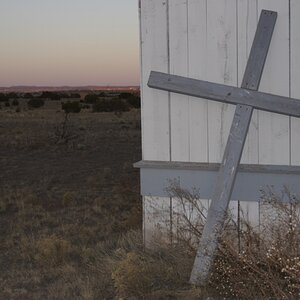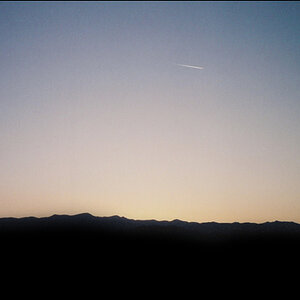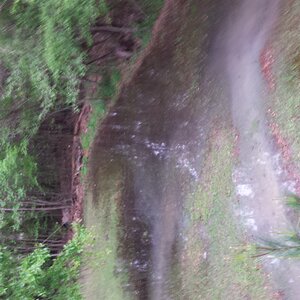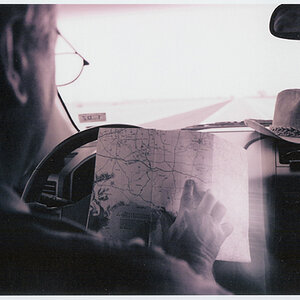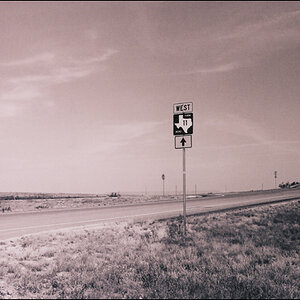Navigation
Install the app
How to install the app on iOS
Follow along with the video below to see how to install our site as a web app on your home screen.

Note: This feature currently requires accessing the site using the built-in Safari browser.
More options
You are using an out of date browser. It may not display this or other websites correctly.
You should upgrade or use an alternative browser.
You should upgrade or use an alternative browser.
Metering
- Thread starter Rickjs
- Start date
orf
No longer a newbie, moving up!
- Joined
- Nov 20, 2017
- Messages
- 152
- Reaction score
- 48
- Can others edit my Photos
- Photos NOT OK to edit
The camera won't select a shutter speed or aperture for you in 'manual', it will meter the scene and indicate whether the speed/aperture you've selected will result in under/over exposure, or is actually 'correct' for the shot.
orf
No longer a newbie, moving up!
- Joined
- Nov 20, 2017
- Messages
- 152
- Reaction score
- 48
- Can others edit my Photos
- Photos NOT OK to edit
It may help you while you become more familiar with your camera to use aperture priority mode (A or Av) and use +/- exposure compensation to alter the shutter speeds if needed. This way you can decide on how much depth (depth of field) you'd like to have in sharp focus, and the camera will try to select the best shutter speed. But sometimes, for example when you're without enough available light, you might choose to intentionally underexpose a bit (negative "-" compensation), so you can still get a shot without excessive camera shake. Other times, the camera may be tricked by some situations into under/over exposing, so in this case you want to override the cameras metering with +/- compensation.
TCampbell
Been spending a lot of time on here!
- Joined
- Mar 31, 2012
- Messages
- 3,614
- Reaction score
- 1,556
- Location
- Dearborn, MI
- Can others edit my Photos
- Photos OK to edit
The camera DOES meter in full manual mode... it just doesn't set the exposure for you. Basically it offers you "advice" on whether it thinks your current exposure settings are going to result a correct exposure vs. an over-exposure or under-exposure and it's up to you to adjust settings.
fmw
No longer a newbie, moving up!
Precisely. Meters provide recommendations, not answers. Photographic experience determines whether that recommendation is correct for the subject. An obvious example is a snow covered landscape. Since meters attempt to reduce the subject to a medium gray, the snow will be gray (underexposed) if you follow the meter recommendation blindly. Snow scenes usuallly need 1 1/2 to 2 stops more exposure to render things accurately.The camera DOES meter in full manual mode... it just doesn't set the exposure for you. Basically it offers you "advice" on whether it thinks your current exposure settings are going to result a correct exposure vs. an over-exposure or under-exposure and it's up to you to adjust settings.
Ysarex
Been spending a lot of time on here!
- Joined
- Nov 27, 2011
- Messages
- 7,136
- Reaction score
- 3,686
- Location
- St. Louis
- Can others edit my Photos
- Photos OK to edit
It may help you while you become more familiar with your camera to use aperture priority mode (A or Av) and use +/- exposure compensation to alter the shutter speeds if needed. This way you can decide on how much depth (depth of field) you'd like to have in sharp focus, and the camera will try to select the best shutter speed. But sometimes, for example when you're without enough available light, you might choose to intentionally underexpose a bit (negative "-" compensation), so you can still get a shot without excessive camera shake.
Bad idea. Don't underexpose to get a faster shutter speed. If you can't open the aperture to get a faster shutter speed then put the camera on a tripod so you can use a slower shutter speed and/or increase the light intensity. If you can't do either of those two because of subject movement or a subject beyond the scale of supplemental lighting (landscape) then raise the ISO but don't underexpose using the EC control.
Joe
Other times, the camera may be tricked by some situations into under/over exposing, so in this case you want to override the cameras metering with +/- compensation.
orf
No longer a newbie, moving up!
- Joined
- Nov 20, 2017
- Messages
- 152
- Reaction score
- 48
- Can others edit my Photos
- Photos NOT OK to edit
You may already be at max iso. You may be making a b&w and be happy with some luminance noise. Why get all pompous about it? I noticed you do this often, to the detriment of the forum.
Ysarex
Been spending a lot of time on here!
- Joined
- Nov 27, 2011
- Messages
- 7,136
- Reaction score
- 3,686
- Location
- St. Louis
- Can others edit my Photos
- Photos OK to edit
You may already be at max iso. You may be making a b&w and be happy with some luminance noise. Why get all pompous about it? I noticed you do this often, to the detriment of the forum.
I like you assume the OP is a beginner because of the question she/he asked. Your advice is bad advice for a beginner and my concern is to help the OP make best choices as she/he learns. Given your initial assumption of the OP's beginner status your advice to use the EC control to underexpose in order to get a faster shutter speed is bad advice. You didn't qualify that in your original presentation with "maxed out ISO and shooting a B&W."
Joe
benhasajeep
No longer a newbie, moving up!
- Joined
- May 4, 2006
- Messages
- 4,020
- Reaction score
- 497
Not sure what camera you have. If it's a DSLR you should have some kind of meter reading in your viewfinder even in full manual mode. You can watch the meter reading in the view finder while framing you subject. If it shows your too dark slow your shutter or open your aperture, or raise your iso (or combination of 3). Opposite would be for to light of exposure on the meter. Now where experience comes in, is for scenes with different lighting levels in it. And you know to make adjustments based on experience from the scene and meter reading. You will compensate for what you see. Hence the camera having an exposure compensation feature. But in my opinion if your in full manual mode. Instead of using exposure compensation. Just chamge the shutter, aperture, or iso. You may forget you have exposure compensation set. And might mistakenly use it for following pictures.
Dave442
Been spending a lot of time on here!
- Joined
- Feb 1, 2015
- Messages
- 2,021
- Reaction score
- 567
In the video it might depend on the speakers context of using "metering mode" is. Generally DSLR cameras have a number of different Metering Modes, such as Spot and Center Weighted. Then you have the Exposure Modes, where you and/or the camera decide how the meter reading is used to set the camera exposure settings - Aperture and Shutter Speed. The ISO setting of the camera can also be adjusted either manually or Auto to allow the photographer to use a desired combination of aperture and shutter speed, but ISO does not affect how much light reaches the cameras sensor.
So my take is that the speaker said the camera will not activate the metering mode in manual exposure mode is that the camera is not going to make any adjustment to the exposure settings based on what the meter is reading, only based on the photographers' manually setting the shutter speed and aperture. The photographer can use the information from the cameras built-in meter to assist in arriving at the desired exposure settings.
So my take is that the speaker said the camera will not activate the metering mode in manual exposure mode is that the camera is not going to make any adjustment to the exposure settings based on what the meter is reading, only based on the photographers' manually setting the shutter speed and aperture. The photographer can use the information from the cameras built-in meter to assist in arriving at the desired exposure settings.
Most reactions
-
 430
430 -
 287
287 -
 280
280 -
 266
266 -
 222
222 -
 195
195 -
 179
179 -
 179
179 -
 167
167 -
 164
164 -
 155
155 -
 129
129 -
 118
118 -
 95
95 -
I
94
Similar threads
- Replies
- 38
- Views
- 3K
- Replies
- 0
- Views
- 119

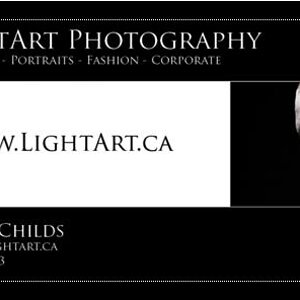
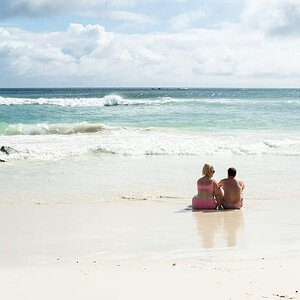
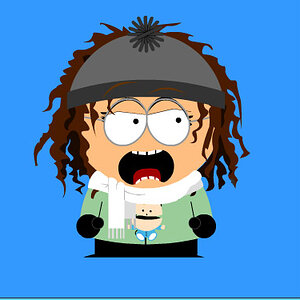
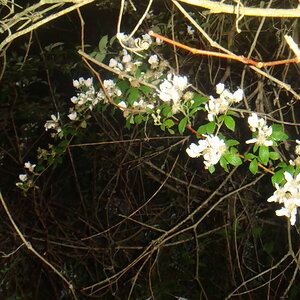
![[No title]](/data/xfmg/thumbnail/33/33873-e4eab8f61d68a145e3b86b7a7fca6372.jpg?1619736180)
![[No title]](/data/xfmg/thumbnail/41/41934-5071025280901954ee561590003df10e.jpg?1619739947)
